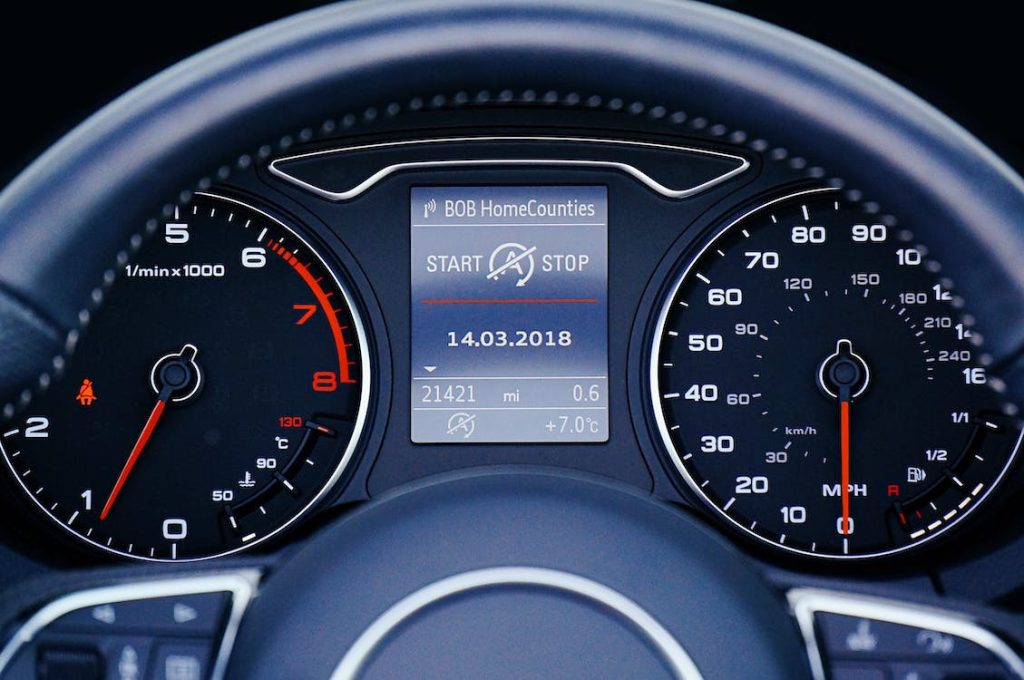Car sensors play a crucial role in the operation of modern vehicles, ensuring optimal performance, efficiency, and safety. These sensors are responsible for monitoring various aspects of the car’s systems, from engine management to coolant levels and beyond. In this article, we will learn more about the different types of car sensors commonly found in vehicles, providing an overview of their functions, locations, and signs of potential issues.
Oxygen Sensors
Oxygen sensors, also known as O2 sensors, measure the amount of oxygen in the exhaust gases before and after they exit the tailpipe. This information is relayed to the electronic control unit (ECU) to adjust the air/fuel ratios for optimal engine performance. Most cars have two oxygen sensors per exhaust pipe, typically located before and after the catalytic converter.
Signs of a faulty oxygen sensor include decreased fuel economy, black smoke from the exhaust, a sulfuric smell, engine hesitation/surging, and more.
Mass Airflow Sensor
The mass airflow sensor (MAF sensor) measures the volume of air entering the engine’s intake system. This information is used by the ECU to determine the appropriate amount of fuel for optimal combustion. The MAF sensor is usually located between the air filter and the intake manifold.
Symptoms of a faulty MAF sensor include poor engine performance, difficulty starting, stalling, and acceleration issues.
Engine Oil Level Sensor
The engine oil level sensor is designed to alert the driver when the oil level in the engine falls below a certain point. It helps prevent costly engine damage by indicating low oil levels. The sensor is typically mounted on the side of the oil pan, visible from underneath the vehicle.
Signs of a faulty oil level sensor include incorrect oil level readings, a dashboard oil warning light that remains on, and potential engine starting or running issues.
Engine Oil Pressure Sensor
The oil pressure sensor monitors the oil pressure in the engine. If the pressure falls outside the optimal range, it triggers a warning light on the dashboard. Low oil pressure can lead to inadequate lubrication, increasing the risk of engine damage. The oil pressure sensor is usually located on or near the engine block.
Symptoms of a faulty oil pressure sensor include a red low-pressure warning light on the dashboard, engine rattling sounds, and potential engine performance issues.
Coolant Temperature Sensor
The coolant temperature sensor monitors the temperature of the engine’s coolant/antifreeze mixture. It sends this information to the ECU to help regulate the engine’s operating temperature. A faulty coolant temperature sensor may result in inaccurate temperature readings and potential engine overheating. The sensor is typically located near the thermostat housing or in the cooling system.
Signs of a faulty coolant temperature sensor include the check engine light appearing, poor fuel mileage, and engine performance issues.
Throttle Position Sensor
The throttle position sensor (TPS) measures the position of the throttle valve and communicates it to the ECU. This information helps the ECU adjust the air/fuel mixture and throttle response. The TPS is typically found inside the throttle body, between the air filter and the intake manifold.
Symptoms of a faulty throttle position sensor include acceleration issues, rough idle, stalling, and potential difficulty adjusting the sensor properly during replacement.
Intake Air Temperature Sensor
The intake air temperature sensor (IAT) measures the temperature of the incoming air. This data is used by the engine management system to adjust the air/fuel mixture accordingly. The IAT sensor is often located between the air filter and the intake manifold.
Signs of a faulty intake air temperature sensor include reduced acceleration, difficulty starting in cold conditions, rough idle, misfires, and poor fuel economy.
Coolant Level Sensor
The coolant level sensor ensures that the engine stays adequately lubricated by monitoring the coolant level. It triggers a warning light on the dashboard if the coolant level drops below a certain point. The coolant level sensor is typically located on the radiator or the bottom of the expansion tank.
Signs of a faulty coolant level sensor include a dashboard oil warning indicator remaining on and potential engine overheating.
Manifold Absolute Pressure (MAP) Sensor
The manifold absolute pressure (MAP) sensor measures the pressure in the intake manifold to determine the air density and optimize engine performance. It is usually located on top of the intake manifold, near the throttle body.
Symptoms of a faulty MAP sensor include reduced engine power, increased fuel consumption, surging, hesitation, and engine stalls.
Boost Pressure Sensor
The boost pressure sensor is found in vehicles equipped with forced induction systems such as turbochargers or superchargers. It measures the pressure between the turbocharger and the engine, allowing the ECU to adjust the air/fuel mixture and boost pressure for optimal performance. The boost pressure sensor is typically located in the intake pipes at the throttle valve.
Signs of a faulty boost pressure sensor include reduced performance, acceleration issues, difficulty starting, and rough idle.
These are just a few examples of the many sensors found in modern vehicles. Each sensor plays a critical role in monitoring and optimizing various aspects of the car’s systems. It is important to pay attention to any warning lights or symptoms that may indicate a sensor malfunction, as addressing these issues promptly can help prevent further damage and ensure the vehicle operates at its best.

